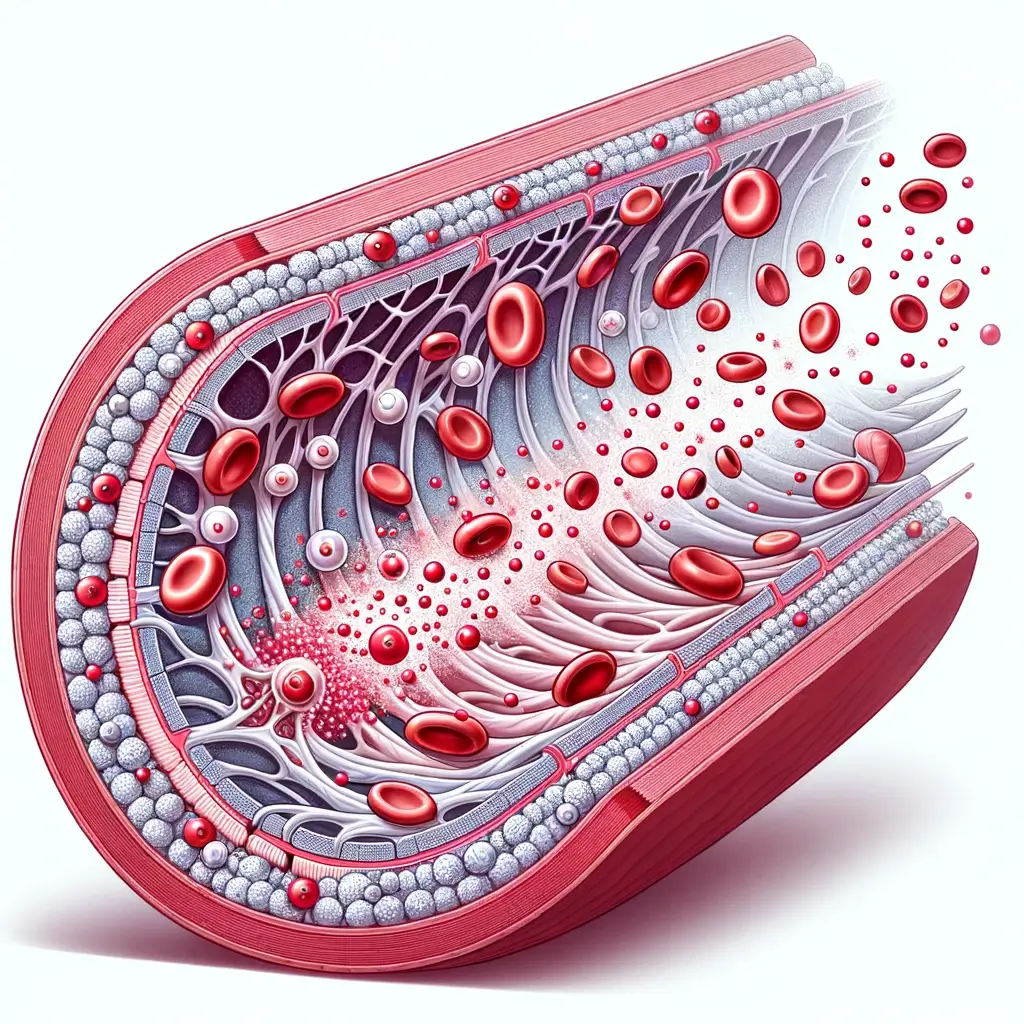Shockwave therapy, a progressive non-invasive treatment, has been increasingly recognized for its profound impact on the body’s nitric oxide (NO) release. This article delves into the science behind nitric oxide, its pivotal role in the human body, and how its augmented release through shockwave therapy can aid recovery for those suffering from musculoskeletal (MSK) conditions and beyond.
Nitric oxide is a versatile molecule with critical implications for vascular health and tissue repair. As a potent vasodilator, NO plays a key role in regulating blood flow, enabling blood vessels to widen and thus enhancing the oxygen and nutrient supply to various tissues. This mechanism is especially crucial in the context of healing and recovery, where adequate blood supply is paramount.
The significance of NO extends beyond its vasodilatory capabilities. It’s instrumental in the body’s immune response, aiding in the fight against pathogens. Moreover, NO influences the process of neurotransmission, contributing to the functioning of the nervous system. In the realm of MSK conditions, these attributes of NO are particularly valuable. Conditions such as tendinitis, osteoarthritis, and muscle strains can benefit from improved circulation, reduced inflammation, and enhanced tissue regeneration—all facilitated by NO.

Shockwave therapy involves delivering high-energy acoustic waves to affected areas, stimulating the body’s natural healing processes. Research has shown that one of the biological responses to this stimulation is the increased production of nitric oxide. 1
The enhanced release of NO following shockwave therapy has several therapeutic implications. Firstly, it promotes angiogenesis, the formation of new blood vessels, which is fundamental to the repair of damaged tissues. New blood vessels improve the delivery of essential nutrients and oxygen, accelerating the healing process. Furthermore, the anti-inflammatory properties of nitric oxide can lead to a reduction in pain and swelling, offering relief to individuals suffering from chronic MSK conditions.
Its role in enhancing (NO release is particularly significant in treating erectile dysfunction (ED). NO’s vasodilatory effect is crucial for the erectile process, facilitating blood flow to the penile tissue and achieving an erection. Focused shockwave therapy stimulates the release of NO, thereby improving blood flow and penile vascular health. This treatment offers a promising avenue for ED management, addressing the underlying vascular causes without the need for pharmaceuticals. The therapy’s ability to promote natural erectile mechanisms highlights its potential as a transformative approach in ED treatment.
The field of regenerative medicine also stands to benefit from the effects of shockwave therapy on nitric oxide release. By fostering an environment conducive to tissue regeneration, this therapy aligns with the goals of regenerative medicine: to restore function and structure to damaged tissues and organs.
In conclusion, the impact of shockwave therapy on nitric oxide release represents a convergence of traditional therapeutic techniques with modern biological understanding. As our grasp of NO’s role in the body expands, so too does the potential for treatments like shockwave therapy to offer relief and recovery for a wide range of conditions. The ongoing research will undoubtedly pave the way for new insights and applications, solidifying the position of shockwave therapy in the therapeutic arsenal against MSK and other conditions.




